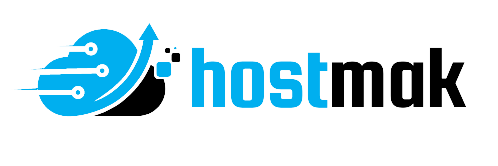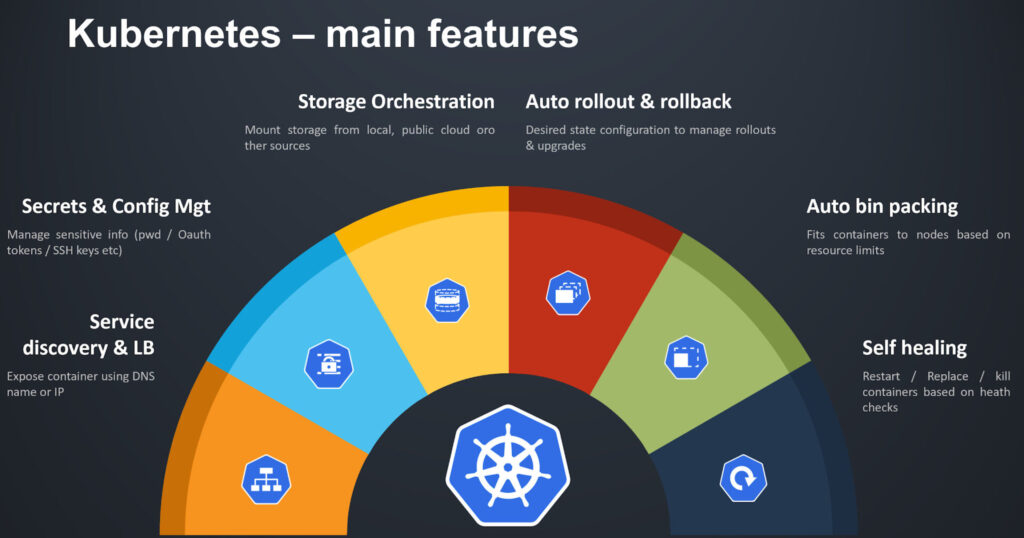In the ever-evolving landscape of software development, containerization has emerged as a transformative technology, revolutionizing the way applications are built, deployed, and managed.
This article delves into the concept of containerization, its key components, benefits, and its pivotal role in fostering agility and efficiency in contemporary software development.
Understanding Containerization
Containerization is a lightweight, portable, and consistent packaging method that encapsulates an application, its dependencies, libraries, and runtime into a single container.
These containers can run consistently across various environments, from a developer’s laptop to production servers, regardless of the underlying infrastructure.
Key Components of Containerization
- Containers: Containers are encapsulated units that include an application and its dependencies. They operate in isolation from the host system, ensuring consistency and reproducibility across different environments.
- Docker: Docker, a leading containerization platform, provides tools and a runtime for building, distributing, and running containers. It has become synonymous with containerization and is widely adopted in the software development industry.
- Container Orchestration: Container orchestration tools, such as Kubernetes, enable the automated deployment, scaling, and management of containerized applications. They streamline the orchestration of multiple containers, ensuring efficient resource utilization and high availability.
- Dockerfile: A Dockerfile is a script that specifies the steps to create a Docker container. It includes instructions for installing dependencies, configuring the environment, and defining the application’s behavior within the container.
Benefits of Containerization
- Portability: Containers encapsulate everything needed to run an application, making them highly portable. Developers can build, test, and deploy applications consistently across different environments, reducing compatibility issues.
- Isolation: Containers provide a level of isolation, ensuring that applications run independently of the host system. This isolation enhances security, minimizes conflicts between dependencies, and simplifies the deployment of multiple applications on the same host.
- Scalability: Containerization facilitates easy scaling of applications. Containers can be quickly instantiated or terminated to match varying workloads, ensuring optimal resource utilization and responsiveness to changing demands.
- Resource Efficiency: Containers share the host operating system’s kernel, making them lightweight compared to traditional virtual machines. This results in faster startup times, efficient resource utilization, and the ability to run more containers on the same infrastructure.
- DevOps Integration: Containerization aligns seamlessly with DevOps practices. It promotes continuous integration and continuous delivery (CI/CD), allowing for rapid and consistent deployment of applications throughout the development lifecycle.
- Microservices Architecture: Containerization complements microservices architecture, enabling organizations to break down monolithic applications into smaller, independently deployable services. This fosters modularity, scalability, and easier maintenance.
Conclusion
Containerization has become a cornerstone of modern software development, offering a solution to challenges related to consistency, portability, and scalability.
As organizations strive to innovate and deliver applications faster, containerization, with technologies like Docker and Kubernetes, provides a powerful toolset.
By embracing containerization, businesses can enhance their development workflows, improve deployment agility, and position themselves at the forefront of the rapidly evolving digital landscape.

